A Glimpse into the World of Aquatic Plant Propagation: Dennerle's Innovative Approach
The art of propagating plants is a fascinating endeavor, captivating both seasoned horticulturists in the commercial sphere and amateur gardeners cultivating their green sanctuaries in the garden or indoors. Two distinct modes of propagation reign supreme: generative (sexual) reproduction via seeds and vegetative (asexual) reproduction through the division of plant parts, fostering the growth of entirely new plants. The most recent marvel in vegetative propagation is the innovative realm of tissue culture within the confines of a plant laboratory.

In-Vitro culture, colloquially known as "in glass" culture, boasts a storied history spanning several decades. Its evolution was spurred by the need to propagate robust, healthy plants when breeding new varieties in ornamental plant production. Within this intricate process, minuscule plant segments are meticulously extracted under sterile conditions and nurtured on a suitable nutrient substrate.
Meristems: The Architectural Blueprint
The primary method employed in this asexual laboratory propagation hinges on meristem tissue. Every plant boasts meristem or cambium tissue at its shoot tips. This unique tissue comprises undifferentiated cells housing the complete "blueprint" of a plant species. Yet, it's paramount to remove these sections under laboratory sterility, as this youthful tissue serves as an ideal nutritional substrate for various fungal diseases, their pathogens omnipresent. Once these clusters of cells are nestled in specialized containers atop an artificial nutrient substrate, young plants emerge approximately 6-8 weeks later.
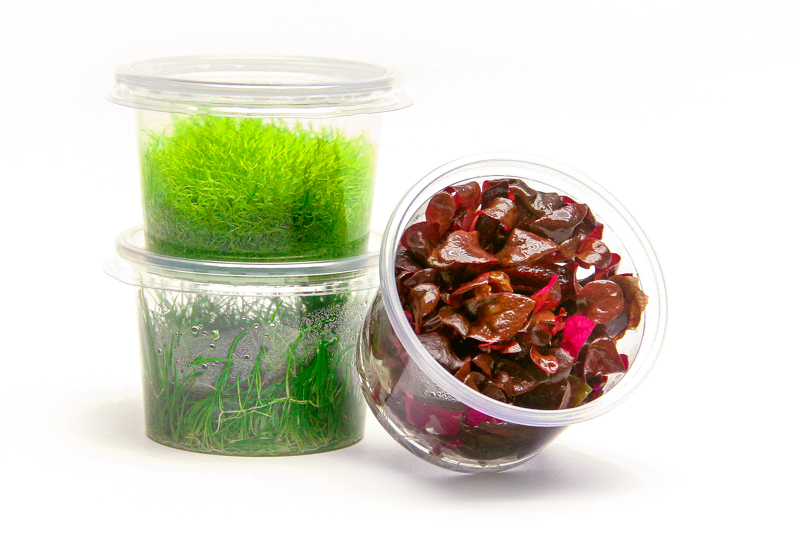
A Noble Cause: Conservation Through Vegetative Reproduction
For over two decades, vegetative reproduction has played a pivotal role in the cultivation of aquarium plants. Cryptocorynes, a prime example, are renowned for their slow growth and the challenge of propagating them through division. Traditionally, these plants were harvested from wild populations and shipped to Europe, predominantly sourced from Sri Lanka. However, the soaring demand throughout the 70s and 80s severely depleted their natural habitats.
Meristem propagation in the laboratory revolutionized this landscape, curbing unregulated removal from the wild. This approach also facilitated the consistent reproduction of specific subspecies with distinct characteristics. Notably, some species, like Cryptocoryne wendtii, display significant variability in their natural habitat, spanning coloration and growth habits. Meristem propagation ensures these traits are consistently replicated, akin to peas in a pod.
A Symphony of Aquatic Flora: Meristem Propagation
A litany of beloved aquarium plants now traces its origin to this propagation method, spanning Anubias, Cryptocorynes, Ceratopteris, Hemianthus, Hydrocotyle, and Pogostemon. In essence, the possibilities are limitless. Nonetheless, some plants find other vegetative propagation methods more compelling and economical.
Consider the case of Echinodorus, a genus that generates plantlets with roots on the flower stalks, ready for separation and repotting upon maturity. Yet, the paradigm shifts for true aquatic plants, thriving exclusively underwater, such as Vallisnerias or Cabomba, which aren't suited for meristem cultivation.

The Transformation of Marsh Plants: Above and Below Water
Aquatic plants of choice for this form of propagation fall under the category of marsh plants, demonstrating adaptability in both aquatic and terrestrial environments. When cultivated in specialized containers, these plants manifest their characteristic submerged underwater growth. However, within the greenhouse, these young plants quickly transition back to life above water. Remarkably, within two to three weeks, these laboratory-born "offspring" adapt, sprouting emersed (above water) leaves.
Clones for All: The Advent of Mini Tubs
A natural progression saw the advent of miniature containers for avid aquarists, a concept originating from Dennerle's quest to cultivate and market a unique plant. Cryptocoryne sp. 'Flamingo,' a striking pink variant found within a Cryptocoryne wendtii 'Brown' clump, proved resistant to above-water cultivation, flourishing only in the aquarium. Consequently, it was introduced directly from the laboratory in miniature tubs. Thus, Dennerle pioneered a new plant range: plantit! - In-Vitro plants in mini cups, featuring various plant types like Hemianthus callitrichoides 'Cuba' and Micranthemum tweediei 'Montecarlo.' These plants share a common trait—cultivation under sterile conditions. They remain free from pest infestations, pathogens, algae growth, snails, or snail eggs. Compact and branching, their submerged nature obviates the transition phase from emersed to submerged in the aquarium.
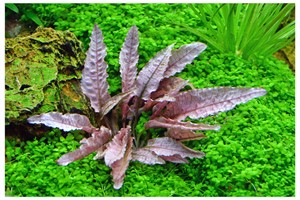
The Perfect Aquascaping Canvas: Plantit Cups
Plantit cups have found a particular niche in the world of aquascaping. Their petite size facilitates easy insertion into the hardscape between stones and roots. However, patience is a virtue, as these plants are notably smaller than their conventionally cultivated counterparts in pots. For shrimp enthusiasts, introducing new plants into well-established shrimp habitats becomes hassle-free with plantit plants. They require no initial watering; instead, gently rinse off the gelatinous nutrient medium. Subsequently, divide the plant cushion into small segments and plant them at intervals in the substrate—a testament to Dennerle's motto: Clean it! Cut it! Plant-it!
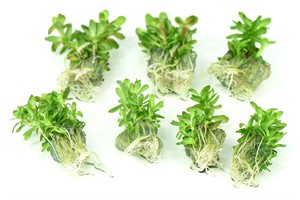
In the realm of aquatic plant propagation, Dennerle's innovative approach has unfurled a tapestry of possibilities, enriching aquariums worldwide. Rooted in scientific precision, this method nurtures the growth of vibrant aquatic flora while offering aquarists a canvas for their aquascaping visions.
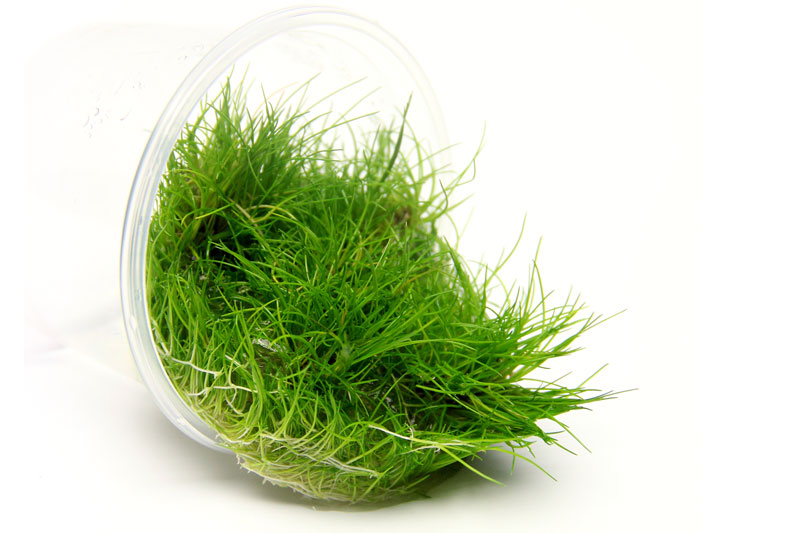

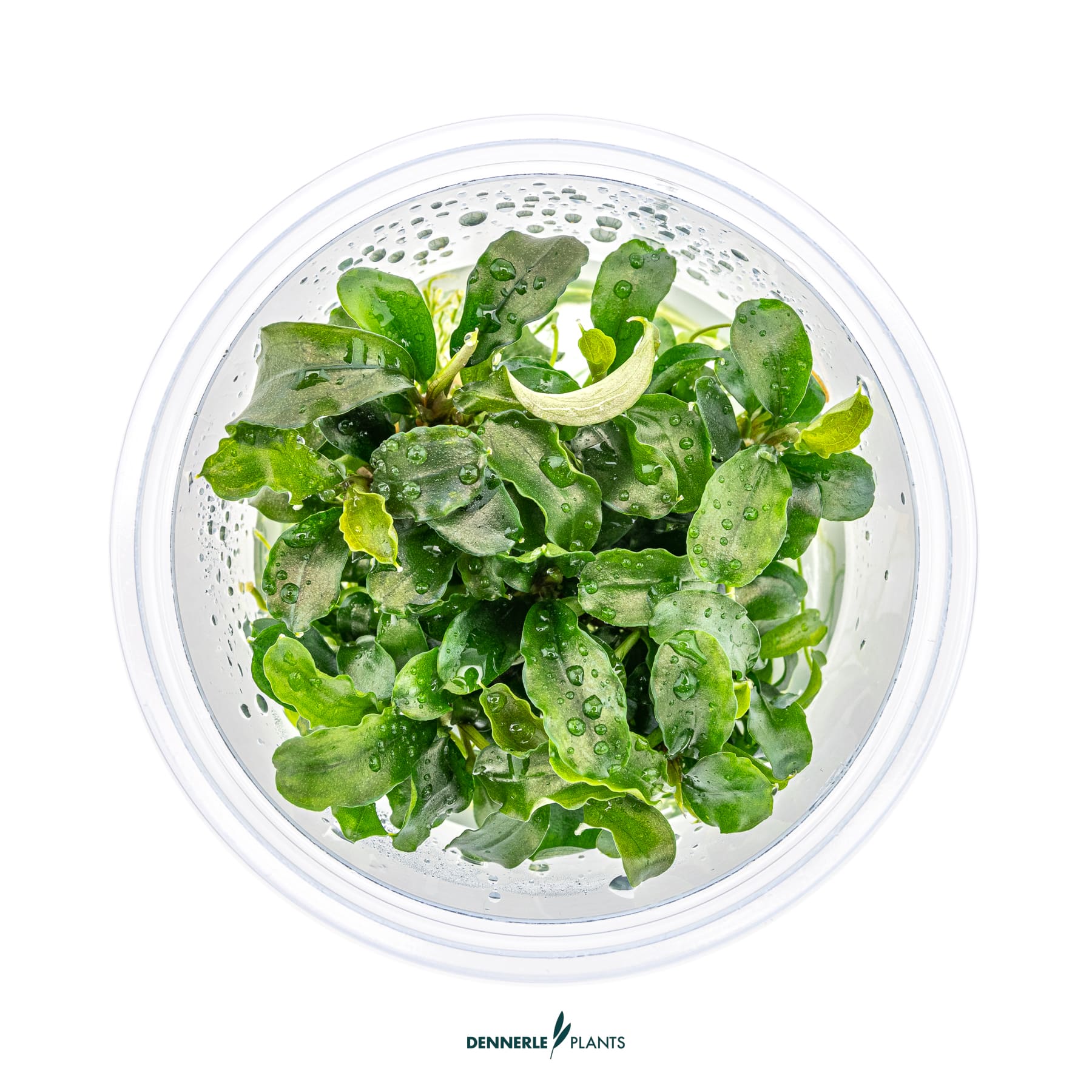
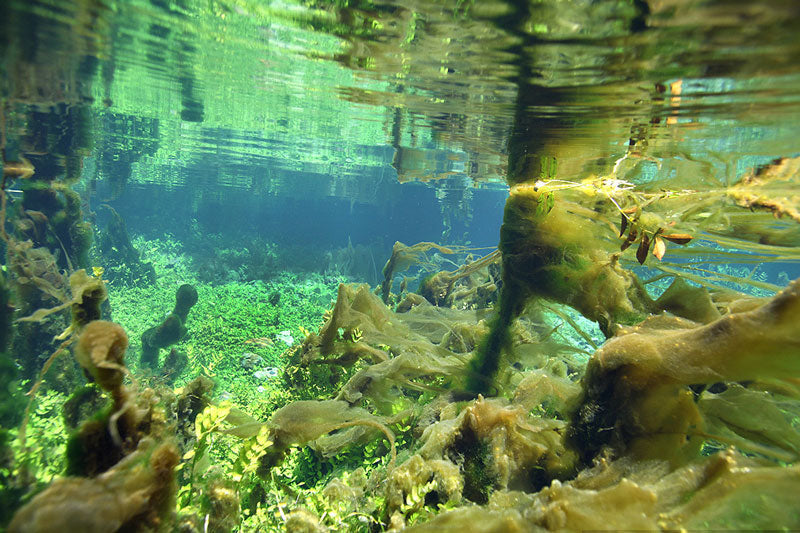
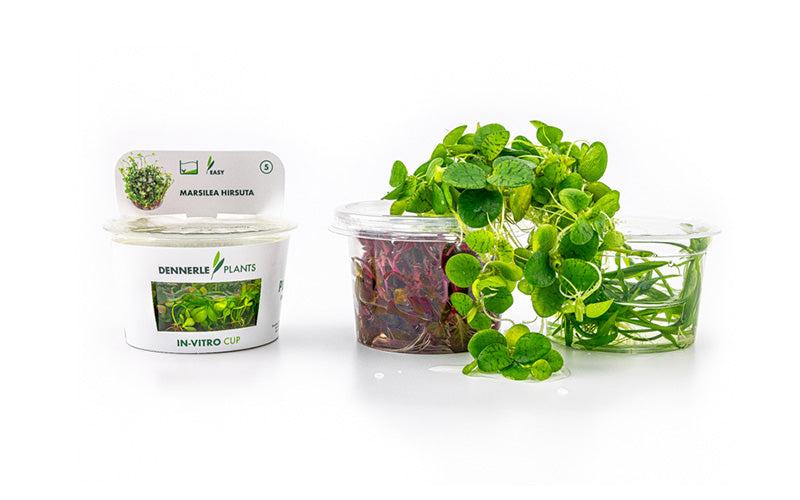

Leave a comment
This site is protected by hCaptcha and the hCaptcha Privacy Policy and Terms of Service apply.